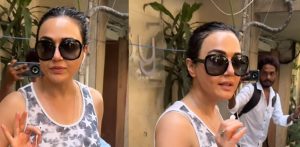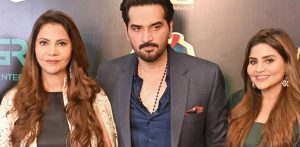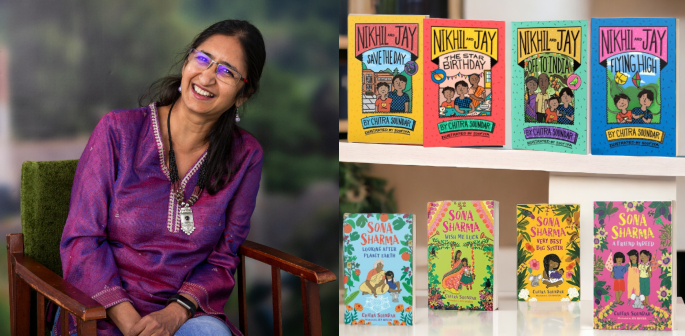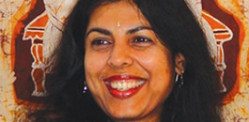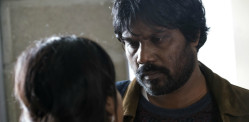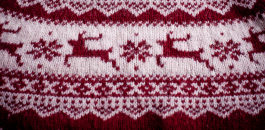"Writing for children is a responsibility."
In an insightful conversation, we explore Chitra Soundar’s inspiration, challenges, and approach to sparkling storytelling.
Chitra writes picture books and fiction for young audiences, inspired by folktales from India, Hindu mythology, and her travels around the world.
Her popularity spans the globe, with publications in the UK, US, India, and Singapore.
Moreover, her books have been translated into Chinese, German, French, Japanese, and Thai.
Through her stories, she addresses issues such as mental health, for example, by using characters who face anxiety.
Following the journey of these characters helps younger readers feel heard and opens a positive conversation about overcoming issues they may resonate with.
What inspired your transition from investment banking to children’s literature?
I was always writing – it wasn’t like one stopped and the other began.
I used my vacation time to go to writing retreats and wrote every morning and weekend to support my passion.
I love telling stories and making up new characters and what better way.
My work was stressful and creative all at the same time and it helped to have a fun and creative hobby that reduced the stress of a busy grown-up job.
What challenges did you face moving from finance to publishing, and how did you overcome them?
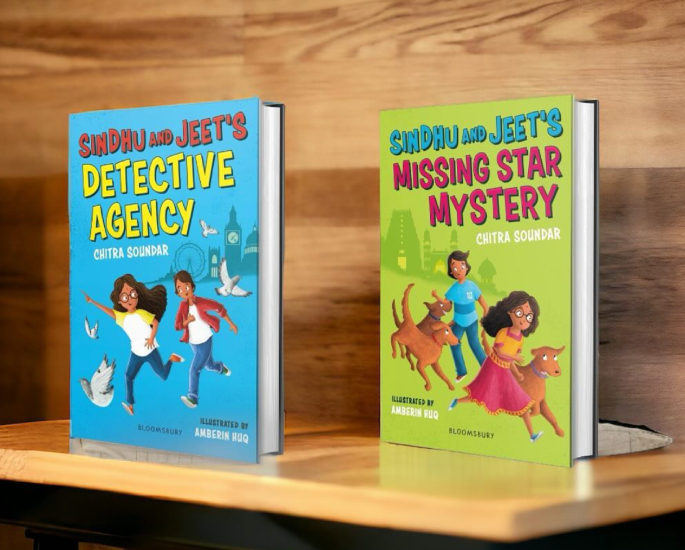
While I was always writing and slowly finding my foothold in publishing, I also planned ahead both creatively and financially.
Going back to my creative roots, I wanted to complement my writing skill set with the ability to perform, especially in oral storytelling.
I took courses, met with mentors and scoured places I could perform – when I was able I took time off and used my weekends to not only write but also perform storytelling.
Then when I decided it was time to leave, my employer offered me the option to go part-time – they needed me at work and I needed time off.
So, I transitioned out of banking over two years while I worked part-time and wrote part-time.
And then when I felt it was the right moment to jump, I quit and I’m glad to say, I have never looked back.
How do you incorporate dual heritage into characters like Nikhil and Jay, and why is representation important for children?
Dual-heritage families are wonderful universes. In our own family, we have blended many customs and traditions, we cook foods and celebrate festivals from both cultures.
So, when I was writing the Nikhil and Jay series where South Indian culture is not as well known, I introduced it in interesting stories.
For example, there is a story about star birthdays which shows all children that birthdays are not always celebrated with cake and candles.
In Nikhil and Jay Off to India, the kids celebrate Christmas in Chennai without being able to find a Christmas tree.
They still want Santa to visit them but they also embrace the local pudding – payasam instead of mince pies and sherry.
When children read Nikhil and Jay’s stories, they notice what Nikhil and Jay call their relatives or if their grandparents live together and the differences in how they celebrate Christmas or birthdays…
By bringing nuance, we bring in universality and it allows all children to think about their unique ways of everyday life and how despite those differences, they are not that different from Nikhil and Jay.
How do you make complex topics like mental health and sustainability engaging for young readers in your Sona Sharma series?
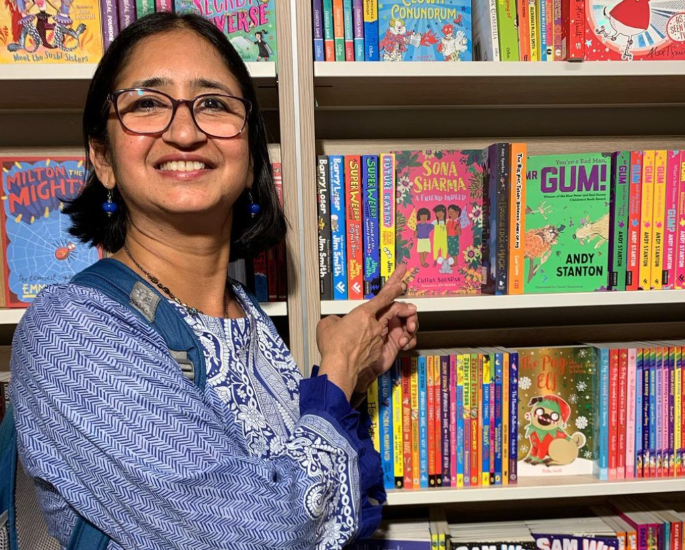
Sona’s anxieties are her unique viewpoint, they’re her superpower and allow her to think differently.
Whether she is worried about getting a new baby sister, losing a best friend or the climate crisis, she is interpreting the world around her in her own way.
By grounding the story in Sona’s experience, we get to see how she sets about resolving the problem – this gives all children who are reading the book the agency to tackle their own anxieties.
At the same time, her unique way of solving the problem makes it funny and full of excitement as we figure out if her plans are going to end in a disaster.
Only Sona can decide to protest against her teacher’s wedding or contest an election at the last minute and expect things to work out.
Often in the Sona books, there is a wise adult who gives suggestions and advice without beating Sona over the head with it.
This shows children they can talk their worries out with others, raise their concerns and have their voices heard.
This also gives the adults reading the book with the children, the tools to be open to such conversations and tackle the questions being raised by the younger readers.
How do clown training and improv classes shape your storytelling and audience connection during school visits?
Right from when I was a young girl, I’ve been gangly and inelegant.
I’ve always been worried about falling flat on my face, literally too.
However, training as an oral storyteller helped me with the confidence to perform.
But I also wanted to be comfortable on stage and not be worried if things didn’t go according to plan.
So, I took clown classes – which firstly I excelled at because I was so bad at catching balls or juggling or dancing elegantly – it was like I had an inner clown all along.
My foray into improv was for similar reasons – I want to be able to build stories without worrying about logic – especially when I’m with children and we are making up stories on the fly.
Both these adventures into different ways of telling stories helped me relax when I’m on stage performing at literary festivals or in schools.
It allowed for mistakes and space for silliness and fun with those happy accidents, which also lets children see that they don’t have to be perfect – they can use their mistakes, laugh at them and build on them…
After all, ice lollies were invented by an 11-year-old by mistake.
Can you share a memorable workshop moment that shows how interactive storytelling boosts children’s creativity?
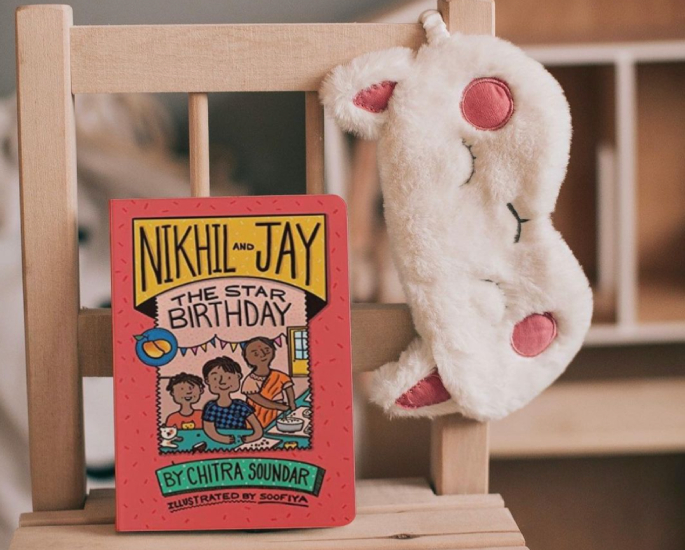
Many children are intimidated by words like creativity and imagination and worry when they somehow have to come up with stories out of thin air.
My primary goal is to break those barriers and show both teachers and children how much fun it can be and with practice, we can all discover how to harness our creativity and imagination.
I was in a very under-privileged inner-city school during an author visit and I was showing children how to come up with a story. One Asian girl wasn’t attempting anything.
When I asked, she said she had been told by her teachers and parents that she was not very imaginative and she didn’t think she could do it.
So, I asked her to forget about the writing and asked her what she loved doing when she went home.
She said video games – especially watching her older brother play.
I asked her what would happen if her older brother got sucked into the game? BOOM! The barrier to her creativity was broken.
She started telling me how she’d follow him into the portal and rescue him and how she’d defeat the evil elements of the game.
She started furiously drawing and writing and when the bell rang, she came to me with a big thank you for showing her she too was imaginative.
It breaks my heart to see children think this when they are 10 years old and if not told otherwise they would carry it with them through life.
If I can touch one person in each workshop – make them believe that there are stories for them and about them or they too can write or they are amazing at what they do, my job is done!
What barriers have you faced in publishing as a South Asian writer, and how did you overcome them?
As a writer from a marginalised background living in the West, there are a number of barriers I have had to chip away at.
Very often the stories we value and want to tell and pass on have no connection to those who commission and publish them.
There is no shared culture where they understand the story of Akbar and Birbal in the same space as Arthur and the
Roundtable.
So, it required me to figure out a way to make the story appeal to contemporary audiences.
Often, it seems that publishing and other media view stories by a particular minority as only for that community.
All children love to read about all types of stories, if the narrative appeals to them.
Children love good stories, funny characters and adventure and if we show them a wide range of stories, they will be able to appreciate a wider variety of stories about people from all backgrounds.
Conversely, there is still a trend that minority writers are often required to write within their space – tell stories about their experiences, write only about their minority lives and not explore all sorts of stories like others do.
While I often write about children of colour, especially Asian/Tamil children as protagonists in my stories, I also want them to have adventures, solve mysteries and find ghosts and not just talk about their food or clothes or just their cultural upbringing.
There is so much more to all of us than our culture and ethnicity.
My stories like Tiger Troubles and Sindhu and Jeet’s Detective Agency are just fun stories even though the characters and settings are South Asian by nature.
What do you hope children worldwide learn from your stories?
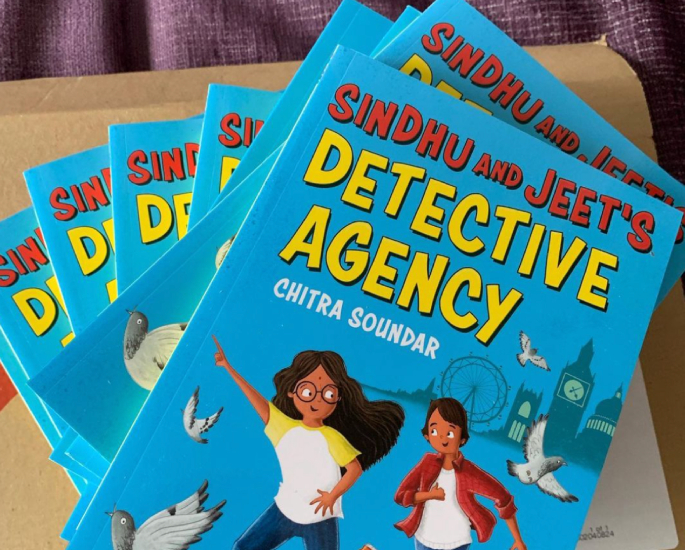
Enjoy a joke that makes them giggle, be excited about a character that they’d really love to meet and dream about an experience they can’t wait to have too.
Secondly, I want readers to see that Asian children can be heroes of their own stories too.
In the real world, the majority of the largest tech companies are run by Asian men, often immigrants, but in children’s books, we are hardly heroes and heroines.
By making Indian children the protagonists, I want to show the world that they too can be heroes and save the day.
How will children’s literature evolve in diversity and representation over the next decade?
The diversity of children’s books in the UK and US is slowly climbing.
It’s now that the real work begins – we need more voices to tell varied stories so the reader can understand the nuances.
Through the next generation, we will hopefully be able to tell all types of stories – not just about our lived experience – but any story we want to tell.
The biggest support must come from our communities.
We should seek out writers who are telling stories that we can relate to and by supporting them, buying their books and reading their stories, we can create a rich cultural landscape in which readers and creators can have a conversation.
This will have an impact on the wider world.
What advice do you have for aspiring authors on writing and making an impact?
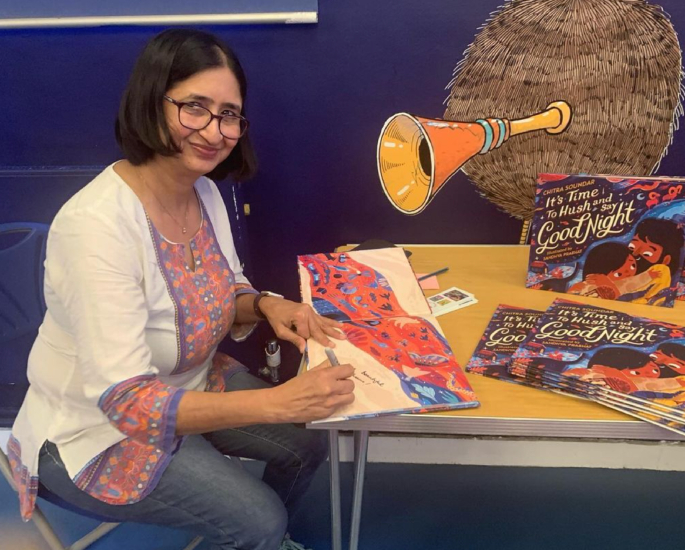
The books we might have read as children are not just out of date from a technological point of view but also with respect to sensibilities.
Always be writing. If you want to be a writer, there is no alternative to writing. Write as much as you can. Write what makes you curious, write what excites you and creates wonder.
This will bring us closer to readers. We don’t have to always write what is selling, but we should write what we love and the passion, love and enthusiasm will seep into the words on the page.
And finally, I’d like to say that writing for children is a responsibility.
We have to put in the work to create stories that are full of fun and heart about things we loved as a child.
No need to preach overtly or give them things we think they like. Children will suss that out quite quickly and put the book away.
Great stories have a way of staying in children’s minds for decades to come and have a lasting impact.
Chitra Soundar touches on the responsibility of writing for children and what she aims to influence with her whimsical stories.
For instance, the conversation opens up on many topics such as friendship, mental health, and dual heritage families, to name but a few.
The stories unfold exquisitely and are aimed at inspiring children to become protagonists in their own lives.
Currently, Chitra Soundar is venturing into TV shows based on her books and original ideas.
Discover more about Chitra and her captivating tales by clicking here!











